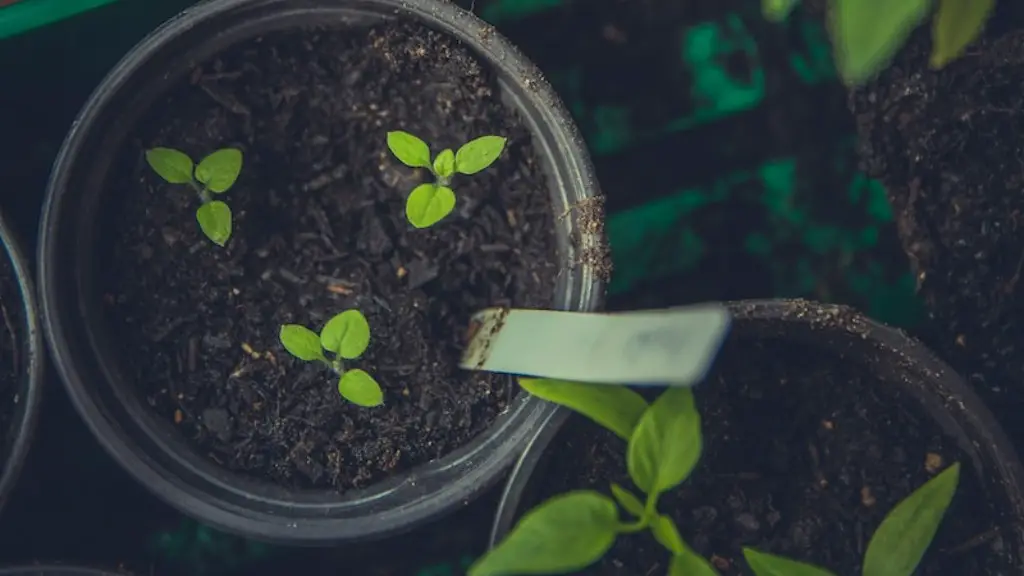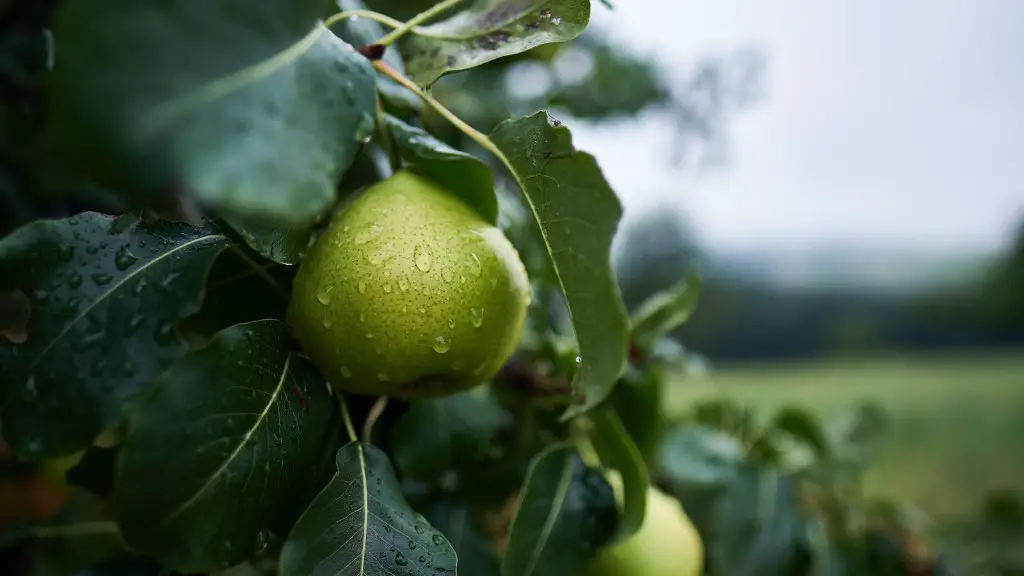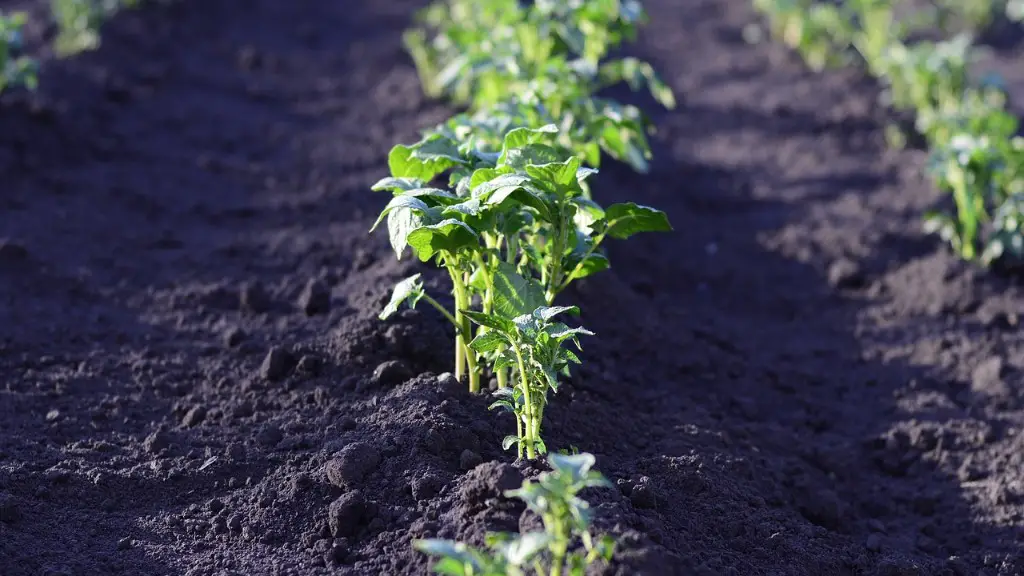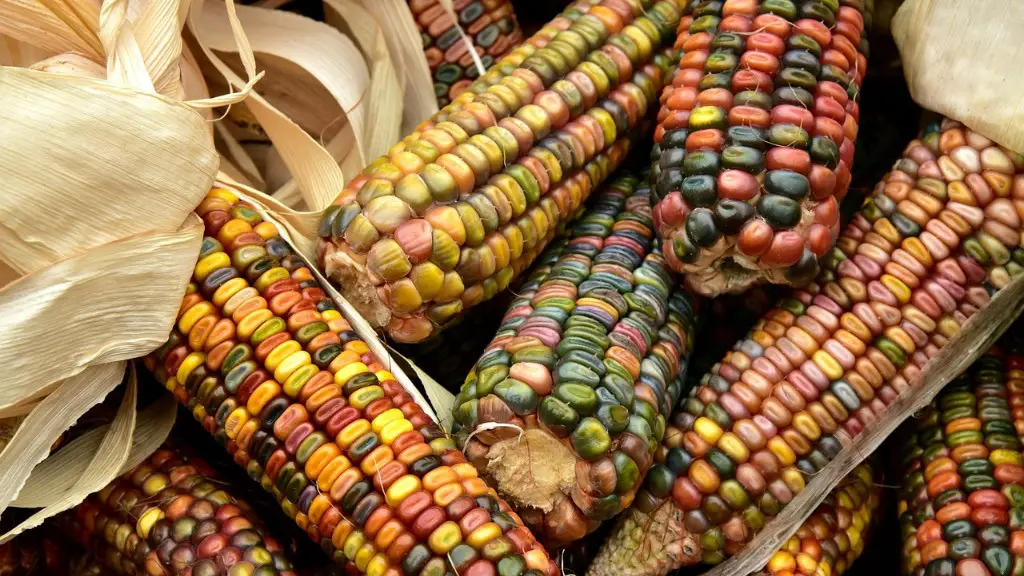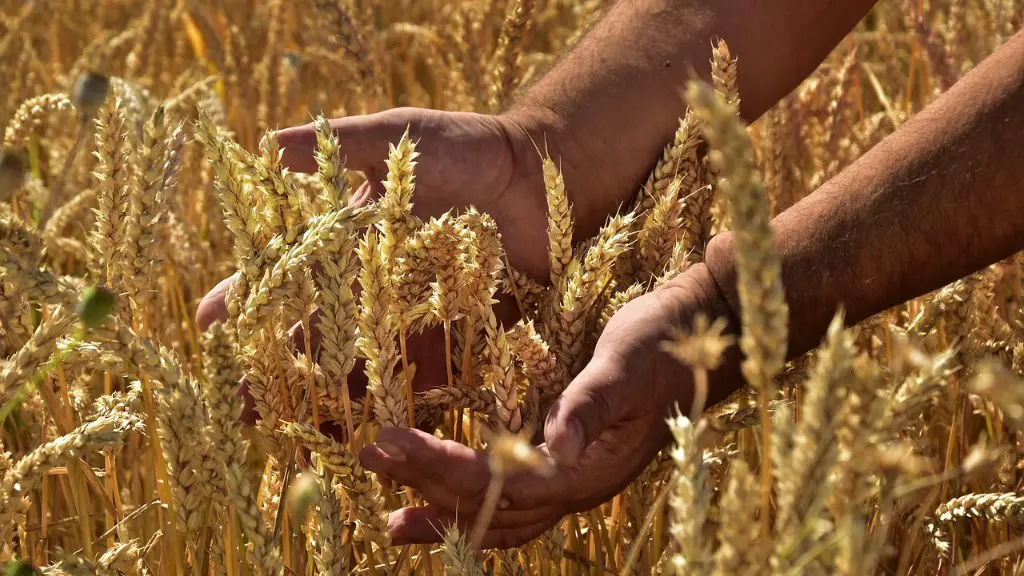Agriculture and agricultural science are often grouped together, suggesting that there is minimal difference between the two. However, upon close examination, it is clear that there are distinct and substantial variations between the two fields. To begin with, agriculture is a traditional farm-based profession, which has been around for a long time. It is related to the cultivation of crops and rearing of animals – activities that have been performed since antiquity. By contrast, agricultural science is a modern field, developed relatively recently to explore the scientific advancements related to agriculture.
Agriculture encompasses a vast range of activities such as farming, animal husbandry, forestry, fisheries, and agroforestry, while agricultural science looks into these activities and related topics in a more rigorous scientific manner. For instance, a farmer may select certain housing and breeding methods for cows based on generations of accumulated knowledge, whereas an agricultural scientist would test these methods more rigorously to improve the outcomes.
Most importantly, agriculture relies heavily on traditional knowledge, practical experience and intuition developed over generations, whereas agricultural science tends to use techniques such as scientific experiments, data analysis and technological solutions to push the profession forward. In this regard, agricultural science is usually seen as a more modern, progressive and faster way of improving farming outcomes.
Another important difference is at the practitioner level. A traditional agriculturist, for example, does not need to be well-versed in any scientific or mathematical knowledge, but an agricultural scientist requires a good understanding of various scientific principles and concepts. Furthermore, an agriculturist mainly relies on physical labor most of the time, while an agricultural scientist may require more intellectual work.
Finally, while growers may stick to the same methods of cultivation and rearing of animals, agricultural scientists continuously come up with new solutions or innovative ways of overcoming existing challenges. It is the latter who make significant contributions to the agricultural profession and who often push the boundaries of what is possible. These innovations are then adopted by the farmers, allowing them to expand their output and improve their profits.
Organic Farming vs Conventional Agriculture
Organic farming is a practice of agriculture that attempts to minimize the use of chemical fertilizers and pesticides, while Conventional Agriculture relies heavily on such substances. Organic farming focuses on crop rotation and the use of natural manure and insect repellents, while conventional agriculture relies heavily on industrial processing and the use of synthetic fertilizers and pesticides. As a result, organic farming is considered to be an environmentally friendly form of agriculture, while conventional agriculture has been blamed for causing soil erosion and the pollution of nearby water sources.
Organic farming is more labor-intensive than conventional farming, since farmers must manipulate the environment when growing plants and animals to control what will be present in the soil. For example, organic farmers must use techniques such as cover cropping or intercropping in order to prevent the depletion of soil nutrients and preserve crop health. On the other hand, conventional farmers often use the same land for various crops, efficient fertilizers and genetically modified species which requires less manual labor and increases the yields.
Organic farming techniques tend to produce food of lower quantity but higher quality than conventional techniques, as organic produce is usually less likely to contain harmful chemicals. Conventional farming, however, can produce higher yields as it is less labor-intensive and can take advantage of high-yield crop varieties and improved animal breeding techniques. Additionally, organic farming is more expensive to produce, as it requires more labor and other resources compared to conventional farming.
The farming methods used in both organic and conventional farming have important implications for the environment, the cost of the product, and human health. Agricultural scientists have been trying to find ways to combine the best aspects of both organic and conventional farming in order to create sustainable and profitable systems. For instance, by using modern genetic modifications, researchers have been able to create a hybrid between traditional farm animals and industrial animals to increase production while also ensuring animal welfare.
Small-Scale Agriculture vs Large-Scale Agriculture
Small-scale agriculture is defined as farming activities which utilizes labor-intensive techniques and the use of simple tools and technology such as hand tools and simple machines, while large-scale agriculture relies heavily on advanced farming techniques and the use of heavy machinery and tractors. Small-scale agriculture is usually limited in its size and geographical reach, but can range from hobby farms to large-scale operations depending on the owner. Large-scale agriculture, on the other hand, is typically defined as farming which covers a large land area and incorporates large-scale mechanization, irrigation, and other advanced technologies.
Small-scale agriculture is more labor-intensive and relies heavily on the expertise of the owner, while large-scale agriculture is mostly managed by machines and automated systems and requires less human labor. For example, small-scale farmers may still rely on traditional farming methods such as hand tilling the soil whereas large-scale operations typically use heavy machinery such as tractors and combines. Additionally, small-scale farmers may use traditional crop varieties which are well-adapted to their environment, while large-scale operators usually use high-yielding crop varieties in order to maximize the yields.
Small-scale farmers generally lack the resources for heavy investment, so their yields may be lower compared to large-scale farm operations. Additionally, small-scale farmers usually grow a variety of crops, which means they are more likely to be affected by pest infestations or adverse environmental conditions. Large-scale farmers, on the other hand, can afford to use large amounts of chemicals and other substances in order to control diseases and pests, resulting in higher yields.
Despite the differences between small-scale and large-scale farming, agricultural scientists have been trying to create systems which incorporate the best aspects of both. For instance, research efforts have been put into creating systems which combine the low input cost and sustainability of small-scale agriculture with the high efficiency and yields of large-scale operations. Additionally, modern technologies such as precision agriculture has allowed both types to benefit from the same advancements.
Agribusiness vs Agriculture
Agriculture refers to the traditional farming activities of growing and harvesting of crops and rearing of animals, while agribusiness refers to the entire process related to these activities, from production to marketing and sale of agricultural commodities. Agribusiness usually involves large-scale farming systems, as well as additional processes such as warehousing, processing, distribution and retailing.
Agribusiness is generally considered to be more complex and broader than traditional agriculture, as it encompasses many aspects outside of the actual farming activities. Agribusiness is also less labor-intensive, as it can easily integrate automated systems for production and processing. Additionally, agribusiness typically requires more advanced technologies and knowledge than simple farming activities.
In addition, agribusiness is usually controlled by large corporations which can take advantage of economies of scale and thus achieve greater efficiency and profit. This can provide an opportunity for significant economic growth, but can also lead to issues such as market monopolies, environmental degradation, and exploitation of workers. Because of this, agribusiness is often seen as a double-edged sword.
Agricultural scientists have been trying to create systems which combine traditional agriculture activities with the efficiency and profit potential of agribusiness. These systems try to combine the best aspects of both, such as utilizing modern production and processing systems while still preserving traditional farming practices and smaller-scale operations. By doing this, agribusiness can play an important role in stimulating the economy while still preserving the environment and minimizing the exploitation of workers.
International Trade vs Domestic Trade
International trade is the exchange of goods and services between countries, while domestic trade is the exchange of goods between regions or states within the same country. International trade has been around for centuries, and has been the catalyst for economic growth in many countries. Domestic trade has also been used for a long time to exchange goods between different regions, but has been largely overshadowed by international trade.
International trade often requires the use of advanced technologies and can involve multiple countries, while domestic trade is usually simpler and is contained within a single country. Additionally, international trade is governed by global agreements and international laws, as well as by the regulations of each participating country. Domestic trade, on the other hand, is usually governed by the laws of a single country.
International trade is generally more efficient and profitable than domestic trade, as it allows countries to take advantage of the economies of scale, specialization and comparative advantage. For example, countries can produce certain goods or services more efficiently than other countries and thus can export them and make higher profits. Domestic trade, on the other hand, may limit the ability of companies and countries to take advantage of economies of scale.
Agricultural scientists have been trying to develop systems which combine the benefits of both international and domestic trade. For example, farmers may export certain produce to neighboring countries in order to take advantage of their comparatively lower production costs, while still selling the rest of the production domestically. Additionally, farmers may work together to form international cooperatives or networks which can increase their bargaining power and allow them to access international markets.

